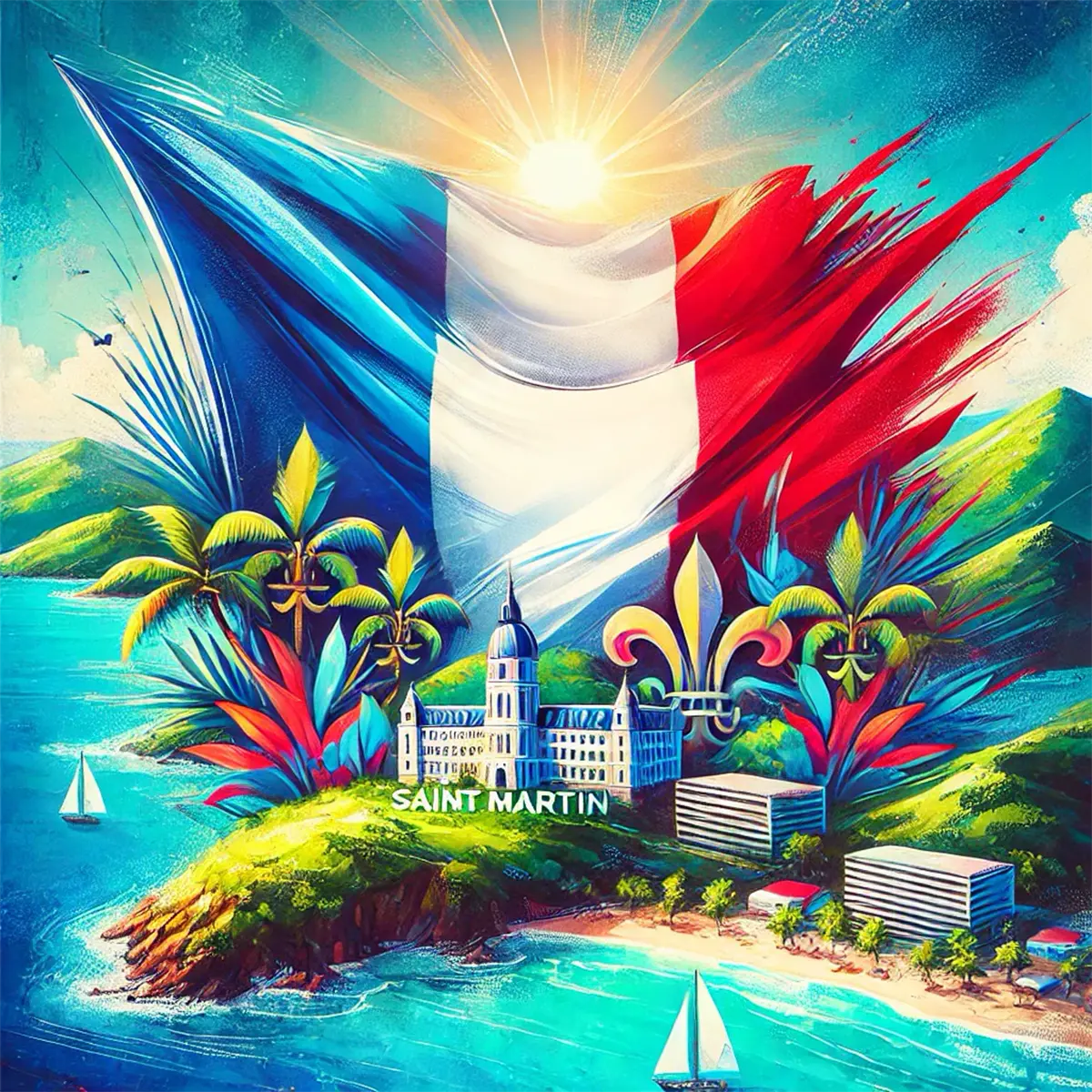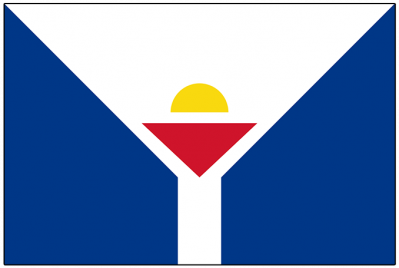The history of the European discovery of Saint-Martin begins when Christopher Columbus, during his second voyage to the New World, landed on the island on November 11, 1493. This day is the feast of St. Martin of Tours, in whose honor Columbus named the island. Over the next centuries, the island changed hands several times. The Spanish, French, Dutch, and British took turns controlling Saint-Martin before the island was finally divided between France and the Netherlands in 1648 by the Treaty of Concordia.
The French part of the island, known as Saint-Martin, became part of the French overseas community. Over the centuries, the island developed as an important trade and agricultural center. The main crops were sugar cane, cotton, and tobacco, and the island's economy was largely dependent on slave labor until the abolition of slavery in 1848.
With the development of tourism in the second half of the 20th century, Saint-Martin became a popular vacation destination, known for its beautiful beaches, warm climate, and rich cultural heritage. This has had a significant impact on the island's economy, making it one of the most popular tourist destinations in the Caribbean.





